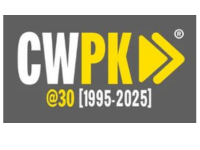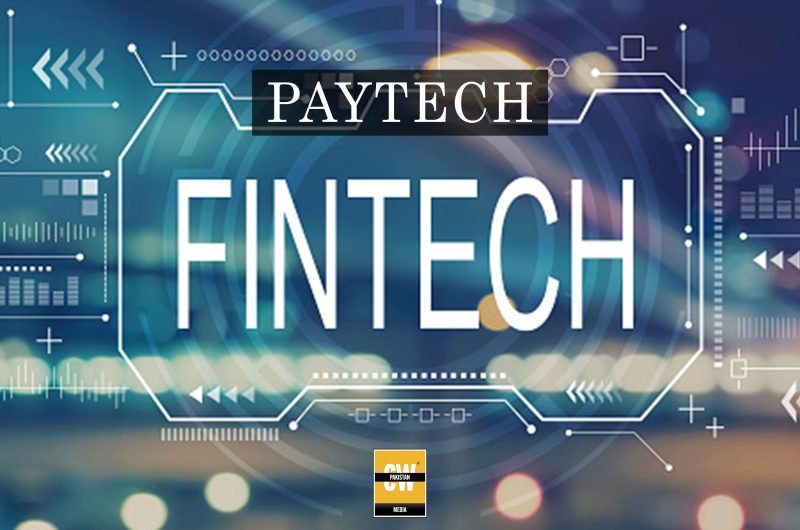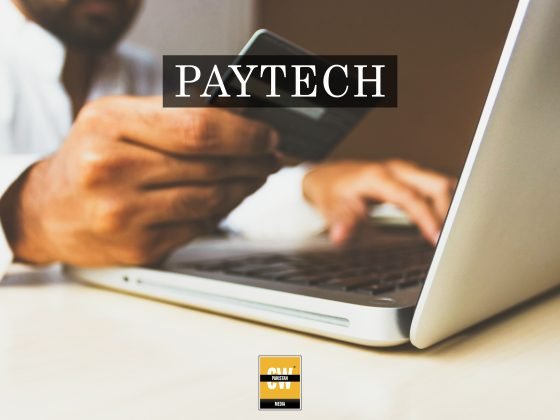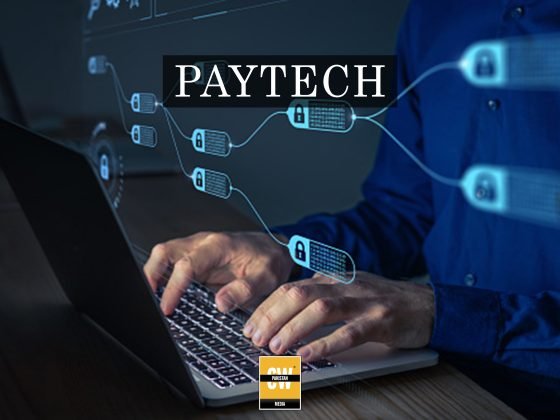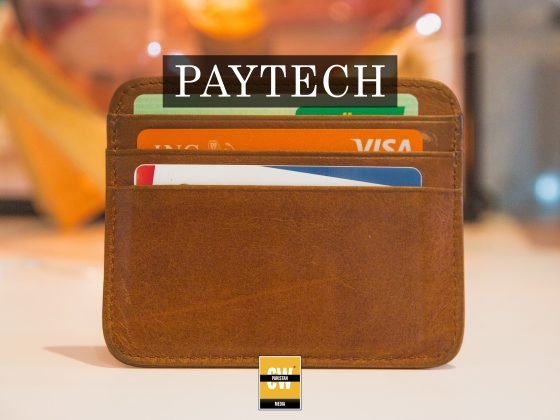Crofinance has come a long way in Pakistan but has an even longer way to go before the industry can claim it has had a meaningful impact at the bottom of the pyramid. The current active base is 4.7 million customers in a potential market of 30 million. The challenge facing the industry is the cost of operations: the high degree of manual processing results in a high lending rate. This makes the industry vulnerable to the media and possible regulatory intervention. The industry players can tackle each of these issues if they marry fintech with microfinance.
In Brief
- A fintech tool available to the microfinance industry to increase the customer base and the loan amount and reduce operational costs and default rates is the use of big data. In 2015, Omidyar Networks, a philanthropic investment firm, reported that big data could help up to 580 million people gain credit for the first time.
The potential of this marriage has been recognized globally. A recent study by Accenture found that financial institutions could add $380 billion of services in revenue by extending financial services to the world’s economically excluded. The end result of more effective financial inclusion efforts could be $4.2 trillion added to the global economy, according to the McKinsey Global Institute and the Bill and Melinda Gates Foundation.
The first fintech tool available to the microfinance industry is the use of big data. In 2015, Omidyar Networks, a philanthropic investment firm, reported that big data could help up to 580 million people gain credit for the first time. The microfinance industry is sitting on a wealth of data, but like commercial banks it is yet to benefit from it. There are a variety of ways in which big data could be used to increase the customer base and the loan amount and reduce operational costs and default rates, making relationship managers more effective.
Read more: Partnerships in the New Age of Financial Services
The first step would be to divide a microfinance bank customer base into segments driven by attributes available in the existing database, like the credit initiation form. Microfinance banks, like commercial banks, do not really know the behavior or lifestyle of their customer base. Segmentation will show how the microfinance bank’s payment default is distributed, and how profitable each segment is. The microfinance bank will then be in a position to make several decisions, which will impact its credit default, customer cost of acquisition, and customer profitability. After segmentation, the next step will be to price for risk. Typically, the default will be concentrated in a couple of segments – some will have a lower rate of default and some will have none. A microfinance bank will then have the data to close down segments with very high default rates, as no amount of price increase will make the risk-reward equation work. This customer segment would be willing to accept any rate of interest, as they have no intention of paying back. The segments, which have low default rate, can now be priced for risk. Lastly, the segments, which have no default at all are the segments that a microfinance bank can immediately up sell without the conventional customer acquisition cost. Based on this segmentation, a microfinance bank can safely create its growth strategy in a far more effective manner.
The second benefit available to microfinance banks willing to leverage big data would be the creation of an algorithm which could forecast customer default with 85 per cent accuracy. Using existing customer data, a microfinance bank can now not only predict its default rate but also do this by segment. The use of machine intelligence will enable a learning algorithm, which will materially reduce the operational cost of a microfinance bank. The industry is set in its ways of physical visits, secondary verification and tedious calculation of income of its potential customers. The conventional method should continue for higher ticket loans. However, lower ticket loans, e.g under PKR 10,000, can easily be brought under the scorecard-based acquisition underwriting. Using alternatives, data points such as those available in a customer’s smart phone, a loan could be provided with a bullet maturity of a month within minutes. As the algorithm learns, the loan limit as well as its tenure could be increased. Thus, adding operational data of a customer’s mobile wallet would make the algorithm even more effective.
The third very effective use of big data could be for collection efficiency. Currently, equal effort is made on every customer that becomes delinquent in his or her payments, or when a default is recognized. This results in linear growth in collection costs. The salaries and commissions paid to a microfinance bank’s staff is usually the biggest component of its cost base. Using big data, a microfinance bank can also create delinquency segmentation. In this case, segmentation reveals what the collection success has been by segment. A microfinance bank armed with this data can now deploy its collection efforts more intelligently. Segments, which have shown no success can be totally ignored. As a consequence, collection costs become nonlinear.
Read more: The Dawn of Pakistan’s Fintech Boom
Data is invaluable. However, the desire and the readiness of the microfinance bank to use this data will separate high growth microfinance banks from others. A central data warehouse where every customer interaction is stored is an end goal, and is not necessary at inception. Data in digital form is good to have but not essential in the beginning. Data is a journey where you are heading towards the unknown – so you have to start with the known.
Once a microfinance bank starts on the data journey it will discover many data points which will help it determine the customer’s probability of default. An Accion partner offered financial literacy to its customer base. While the test results were not supposed to be part of the underwriting criteria, they in fact demonstrated a very high correlation between low scores and defaults.
The Pakistani microfinance industry can greatly benefit from the effective usage of big data and machine learning. It will help banks better understand their customer behavior and hence their needs. Big data can help up-sell, cross-sell, and lower cost of customer acquisition as well as collection. All the industry has to do is open its mind.
